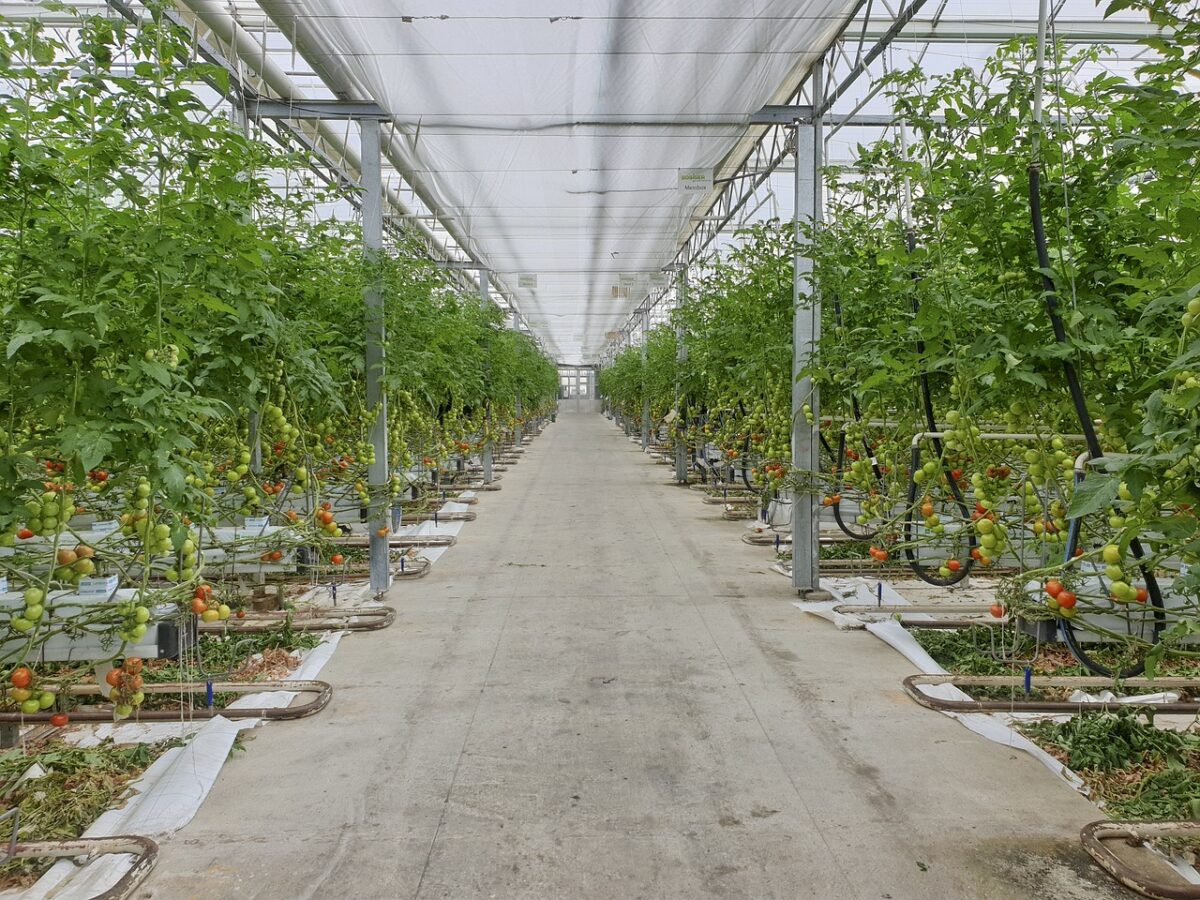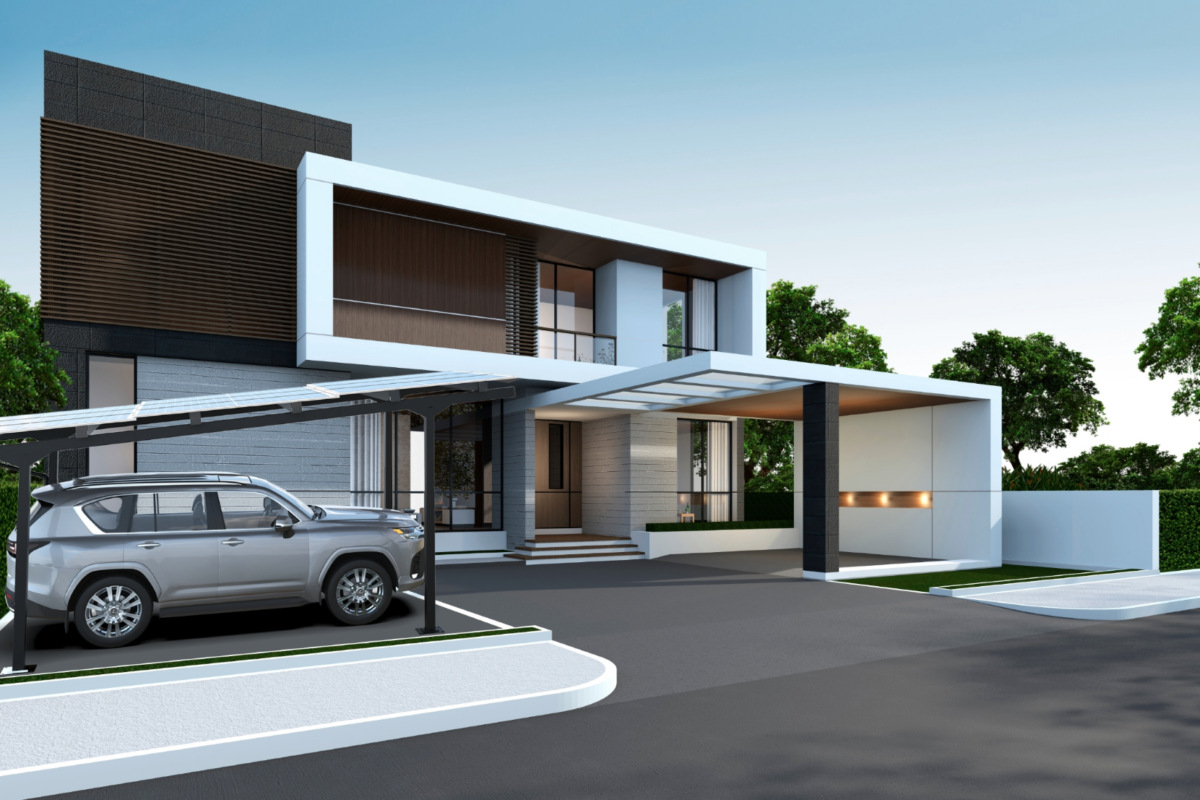Researchers from Turkey and Qatar have simulated the growth of tomatoes in a greenhouse equipped with a heating, ventilation, and air conditioning (HVAC) system powered by PV panels and an air-source heat pump.
The group developed a novel numerical simulation model that can account for plant growth and evaporation.
“It is more challenging to keep the greenhouse’s indoor environment and determine the sizing of the HVAC system than houses due to the complexity of the greenhouse building structure and heat/mass interactions between the product and the indoor air,” it explained. “The papers in the literature that simulate disregard plant growth and only consider the indoor ambient.”
The academics used the MATLAB and TRNSYS software for their modeling. The proposed system consists of a fan, two control valves, a heating coil, a cooling coil, a humidifier, and a dehumidifier for heating, cooling, and air conditioning of greenhouse indoor air.
“The system also includes a heat pump to meet the heating/cooling demand and PV panels to generate the electricity required for the heat pump,” they explained, adding that the greenhouse's other parts were powered by grid electricity. “In the TRNSYS software, 450 pieces of HSA72M10 MF-550 photovoltaic modules with 247.5 kWp-DC power are used, and the inverter efficiency is assumed to be 98%.”
The model simulated an entire year, with three growth seasons – January-April, May-August, and September-December. According to the available literature, the optimal temperature for the HVAC system was set in the range of 20 C to 27 C and relative humidity to 40% to 60%. The model was simulated to work in four cities, with their own environmental and economic terms – Turkey’s Izmir, Morocco’s Casablanca, Tunisia’s Tunis, and Spain’s Valencia.
The simulation showed that the Izmir system consumed 723,980 kWh of electricity over one year, 376,030 kWh of it via the PV. In Casablanca, the total consumption was 690,550 kWh, while 416,820 kWh of it was solar; in Tunis, it was a total of 684,110 kWh and 417,960 PV; and in Valencia PV consumption was 379,780 kWh out of 697,400 kWh.
According to the researchers’ calculation, the system's payback period in Valencia was 2.9 years and in Casablanca 5.7 years. In Tunis, it was 9.31 years and in Izmir 13.55 years.
The simulation results were compared against a reference system without an HVAC system. “The average greenhouse indoor temperatures with and without an HVAC system are 32.8 C and 23.5 C in Izmir. In Casablanca, the mean indoor temperature of the greenhouse is reduced from 34.6 C to 23.6 C with the implementation of a PV-aided heat pump-assisted HVAC system,” they added. “The average greenhouse indoor temperatures with and without an HVAC system are 34.2 C and 23.5 C in Tunis. Implementing a PV-aided heat pump-assisted HVAC system to the greenhouse in Valencia causes a reduction of the annual mean greenhouse indoor temperature from 33.3 C to 23.5 C.”
The scientists presented the system in the paper “An integrated transient model in TRNSYS for thermal management of the tomato growth process in a greenhouse with a PV-aided heat pump-assisted HVAC system,” published in the International Journal of Thermofluids. It was written by scientists from Turkey’s Eylül University and Yaşar University as well as Qatar’s Hamad Bin Khalifa University.
This content is protected by copyright and may not be reused. If you want to cooperate with us and would like to reuse some of our content, please contact: editors@pv-magazine.com.



By submitting this form you agree to pv magazine using your data for the purposes of publishing your comment.
Your personal data will only be disclosed or otherwise transmitted to third parties for the purposes of spam filtering or if this is necessary for technical maintenance of the website. Any other transfer to third parties will not take place unless this is justified on the basis of applicable data protection regulations or if pv magazine is legally obliged to do so.
You may revoke this consent at any time with effect for the future, in which case your personal data will be deleted immediately. Otherwise, your data will be deleted if pv magazine has processed your request or the purpose of data storage is fulfilled.
Further information on data privacy can be found in our Data Protection Policy.